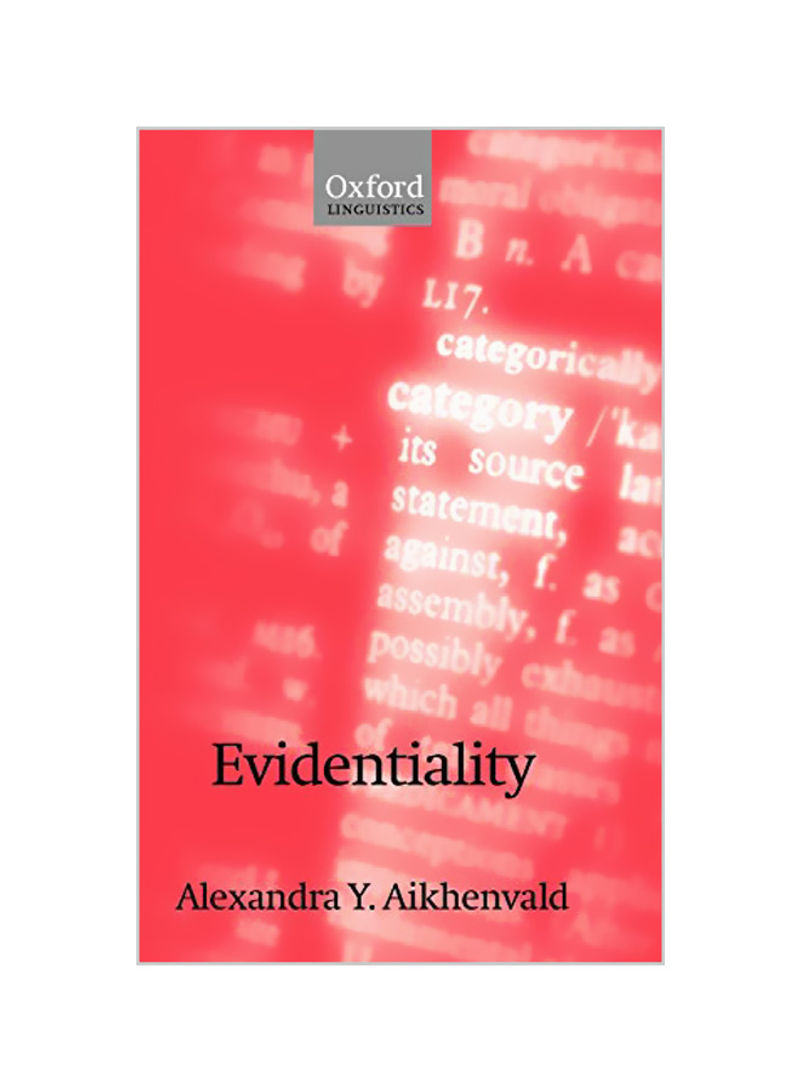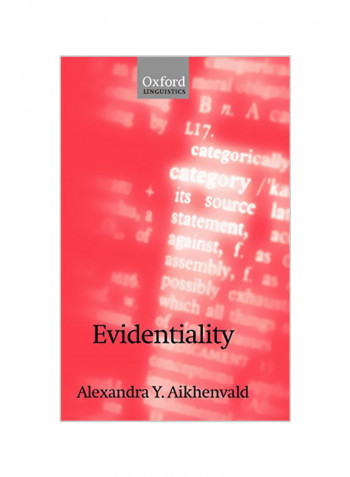Sort by
Rating
Date
Specifications
Author 1
Alexandra Y. Aikhenvald
Book Description
In some languages every statement must contain a specification of the type of evidence on which it is based: for example, whether the speaker saw it, or heard it, or inferred it from indirect evidence, or learnt it from someone else. This grammatical reference to information source is called 'evidentiality', and is one of the least described grammatical categories. Evidentiality systems differ in how complex they are: some distinguish just two terms (eyewitness andnoneyewitness, or reported and everything else), while others have six or even more terms. Evidentiality is a category in its own right, and not a subcategory of epistemic or some other modality, nor of tense-aspect. Every language has some way of referring to the source of information, but not every language has grammatical evidentiality. In English expressions such as I guess, they say, I hear that, the alleged are not obligatory and do not constitute a grammatical system. Similar expressions in other languages may provide historical sources for evidentials. True evidentials, by contrast, form a grammatical system. In the North Arawak language Tariana an expression such as "the dog bit the man" must beaugmented by a grammatical suffix indicating whether the event was seen, or heard, or assumed, or reported.This book provides the first exhaustive cross-linguistic typological study of how languages deal with the marking of information source. Examples are drawn from over 500 languages from all over the world, several of them based on the author's original fieldwork. Professor Aikhenvald also considers the role evidentiality plays in human cognition, and the ways in which evidentiality influences human perception of the world.. This is an important book on an intriguing subject. It will interestanthropologists, cognitive psychologists and philosophers, as well as linguists.
Language
English
Publisher
OUP Oxford



